Resources
Newsletter
Stay up to date and with the latest news, projects, deals and features.
SubscribeWhat is human-centered design (HCD) and how can it be used to create more valuable developments, that have a higher consumer engagement and therefore higher marketability?
In order to grasp the concept of HCD and its application to the development industry, The Urban Developer sat down with Giuseppe Demaio, director and founder of Melbourne based multidisciplinary outfit
Local Peoples (LP) operate across a diverse range of activities; from project marketing, placemaking and community engagement in the real world to digital world engagement and service delivery.
LP’s sister company,
Fieldwork, is an architecture and interiors practice focused on the multi-residential sector and is led by Quino Holland and Ben Keck.
Taking the process one step further, the team amalgamated under the brand
Assemble, a residential developer that partners with like-minded developers, of which Demaio, Holland and Keck are joint directors.
Their latest project, 122 Roseneath St in Clifton Hill with Wullf Project and Icon Developments, is a project that exemplifies the group’s approach to development.
See Related Article: smates-rates-developers-buy-into-their-own-project
Assemble also publishes Assemble papers, which is an online and print publication for small footprint living, covering art, design, architecture, urbanism, the environment and financial affairs.
Between LP, Fieldwork and Assemble the idea is to have an all encompassing understanding of human behaviour, of which each company has a different way of collecting, gauging, implementing and monitoring these findings.
Human-centered design is a creative approach to problem solving. It’s a process that starts with the people you’re designing for and ends with new solutions that are tailor made to suit their needs.
Human-centered design consists of three phases.
The Inspiration Phase is about learning directly from the people you’re designing for as you immerse yourself in their lives and come to understand their needs.
The Ideation Phase is to make sense of what you learned, identify opportunities for design, and prototype possible solutions.
The Implementation Phase is about bringing the solution to life, and eventually, to market.
Human-centered design is about practicality and devising a repeatable approach to arriving at innovative solutions.
What is Human-centered Design? from IDEO.org on Vimeo.
Developers too often churn out generic campaigns that fail to entice and engage their desired markets or create a community of support.
Most of these campaigns follow the same uniform processes and don’t really consider the realities of a purchaser's needs and desires.
While it may sound diverse and complicated, each of the businesses within Demaio’s world are highly complementary and important in achieving the synergistic approach to development and property marketing.
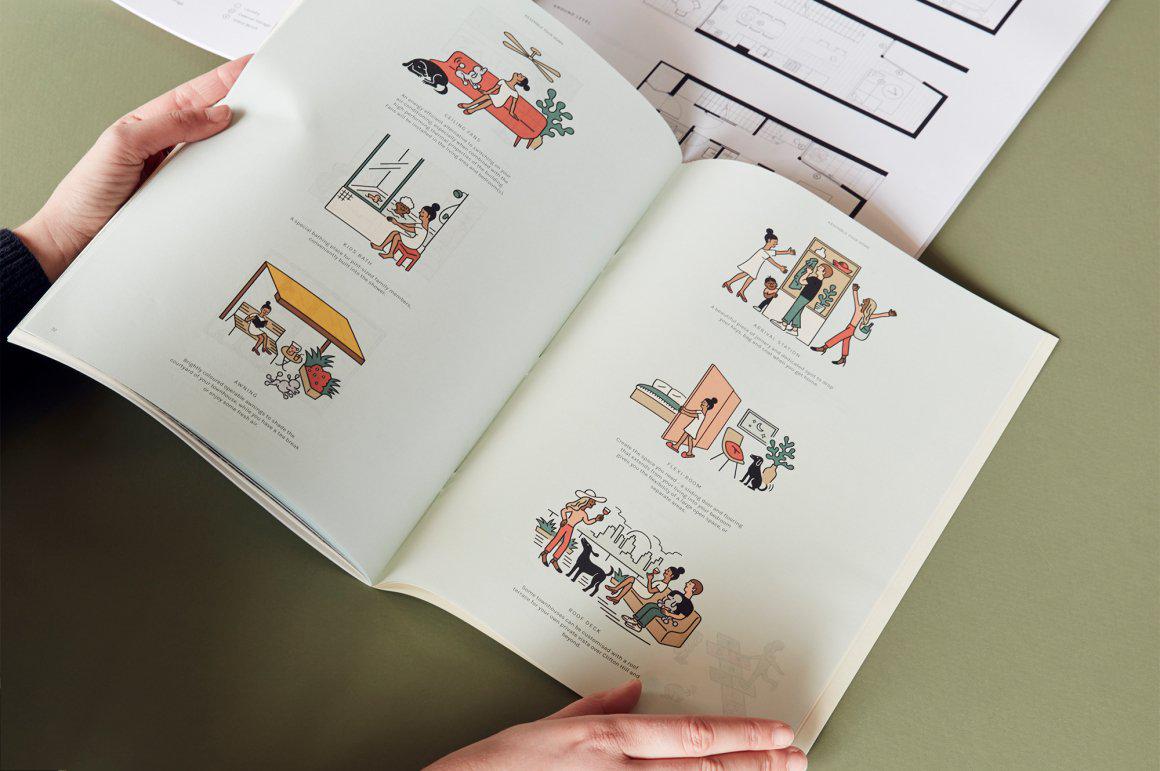
Photo Courtesy Of Local Peoples
The underlying factor is that all projects, no matter the industry, are centred around usability, accessibility and ultimately all about the end user.
“This is why we use Human-Centred Design processes to focus our methods. So rather than relying on assumptions about our key target demographics, the end user is consulted throughout the design process, ultimately ensuring the design solution best suits their needs.” says Demaio.
LP have placed a large emphasis on the collaboration and engagement with key stakeholders to ensure the project is designed perfectly to suit them.
“In the case of 122 Roseneath St, this has really been quite easy as we are part of this target audience and it’s often a question of “how would we like to be engaged in this process”.
Ultimately, human centred design is all about empathy and that means developers have to really deeply consider what purchasers want and value, but if they can do this then purchasers engagement and enthusiasm is immeasurable.” says Demaio.
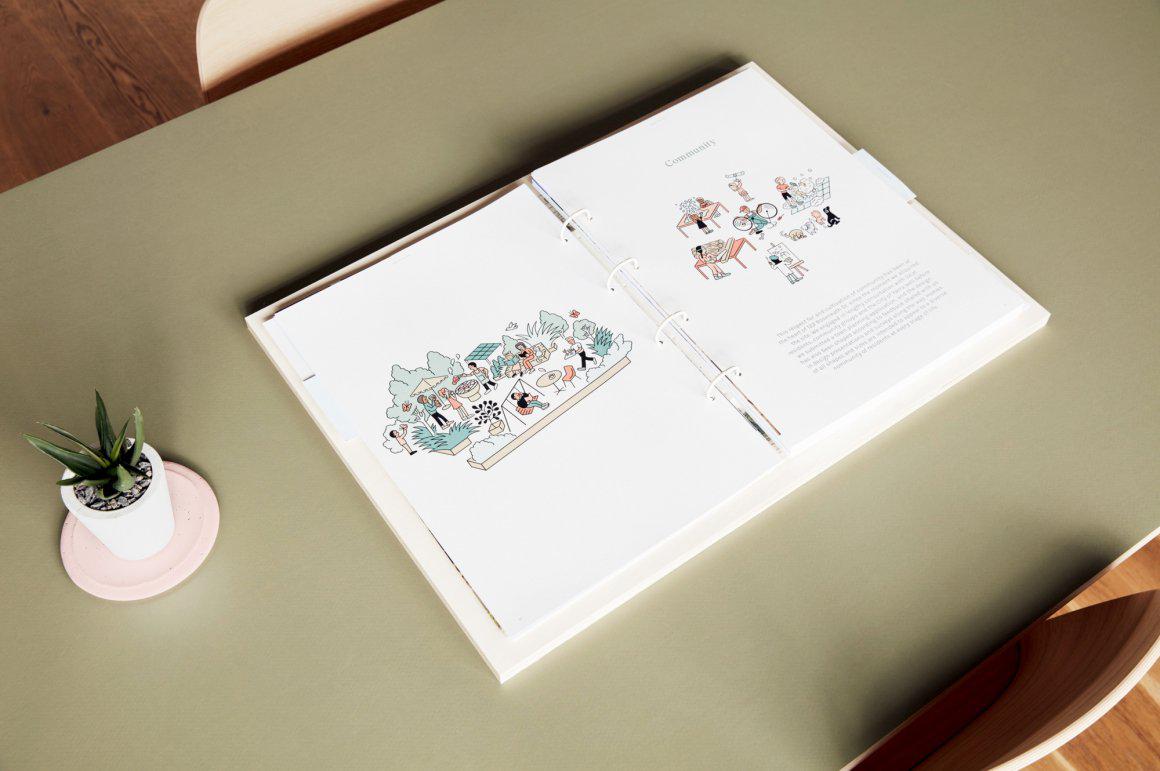
Photo Courtesy Of Local PeoplesInterviews To Inspire; How An Audience Of 1600 Inspired A Development
If human-centered design is about getting to the people you’re designing for and hearing from them in their own words, then interviews really are the crux of the inspiration phase.
LP spent 5 years prior to launching the campaign for 122 Roseneath St building an online community of 50,000 people across all channels through their publication Assemble Papers.
To contribute to the new Victorian State Government Design Standards, LP then devised the Assemble Papers Small Footprint Living Survey as a tool to help them understand what makes great apartment living and distributed it to their readers, with 1600 respondents to the 65 in depth questions, which was shared with the government for consideration.
Finally, they collaborated on the Brutalist Block Party, a month-long program of over 15 events curated by Assemble Papers on-site with 2,400 visitors over the month.
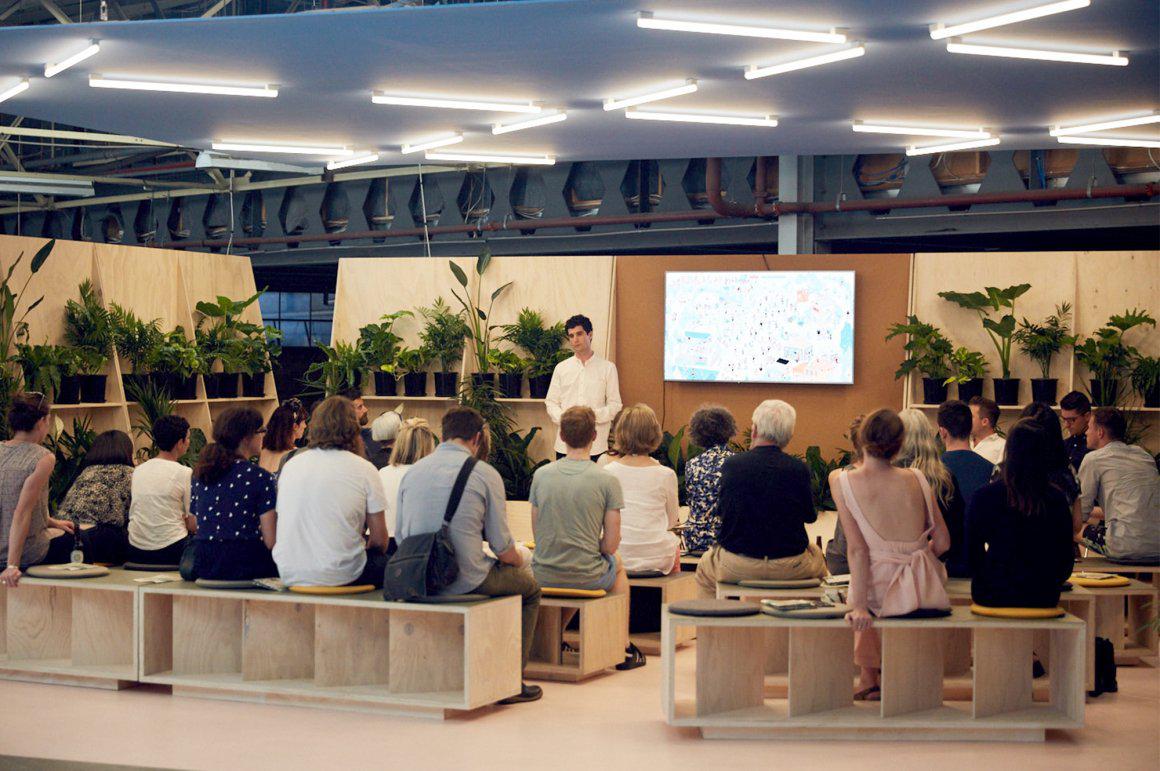
Photo Courtesy Of Local Peoples
All interested parties needed to register and homes were offered in order of registration. To keep their position in the queue; buyers needed to complete an initial survey, attend two design presentations and complete two surveys.
“This gave us a huge depth of data which informed our evolving architectural design and key management decisions, such as where savings could be made without impacting what purchasers valued.
We also participated in design presentations to iteratively help shape the architectural requirements reflecting the needs and aspirations of future residents, a process that allowed revision of campaign structure and messaging in line with feedback.” says Demaio.
So while on contracting day LP had 52 of 67 sales within 12 hours, it had been many months and even years, building trust and co-designing the vision with their purchasers.
This was our key to success, says Demaio.
Of the large set of data collected, the general findings indicated owner occupiers prioritise quality, sustainability, community, accessible shared amenities and a village-like locale.
They were also very interested in personalising design features and having several options (over 50% of purchasers took up LP’s 12 options and extras) allowing them to meaningfully allocate their budget.
More specific results found -
Priorities for the function of communal spaces included edible gardens, dining and entertaining, and places for exercise and health.
Around 80% of prospective purchasers were happy to allow residents to own pets in their apartments.
20% of prospective purchasers were not interested in a car park spot.
Over 80% of purchasers were likely to allocate $5,000 for operable shutters to control the amount of heat and glare from the sun.
“It really affirmed that people appreciate the culture of living closer together and are willing to invest in sustainability, design and communal features which they have collectively selected.” says Demaio.
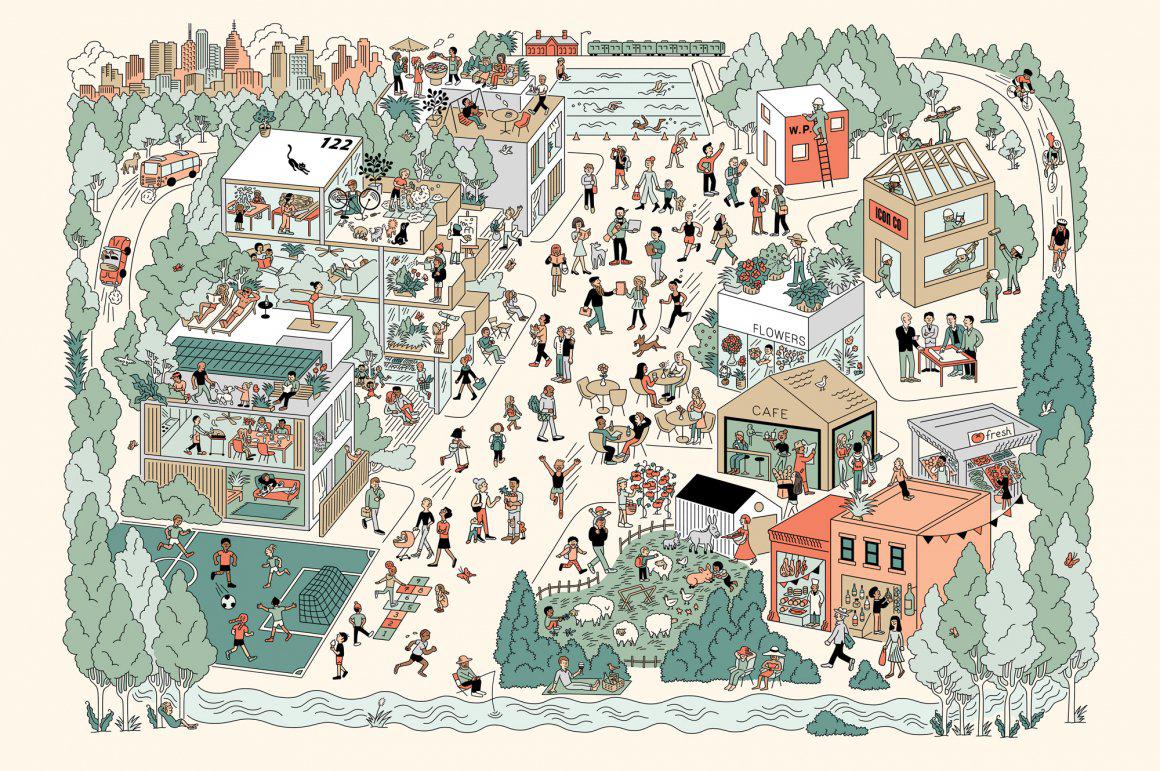
LP have continued to engage with their Assemble Papers audience and the consequent conversation on the culture of living closer together through their annual survey around small footprint living.
“We use these insights to feed into our branding strategy and experience design, and build on over five years of research and cultural engagement.” says Demaio.
As construction happens over the next 15 months, LP will now begin to design the community and owners corporation through a series of workshops to ensure they continue to collaborate with purchasers.
“Once we finish construction we will certainly be doing follow-up research to ensure expectations have been met and any further learning. Ideally we see this as an ongoing conversation with residents.” he says.
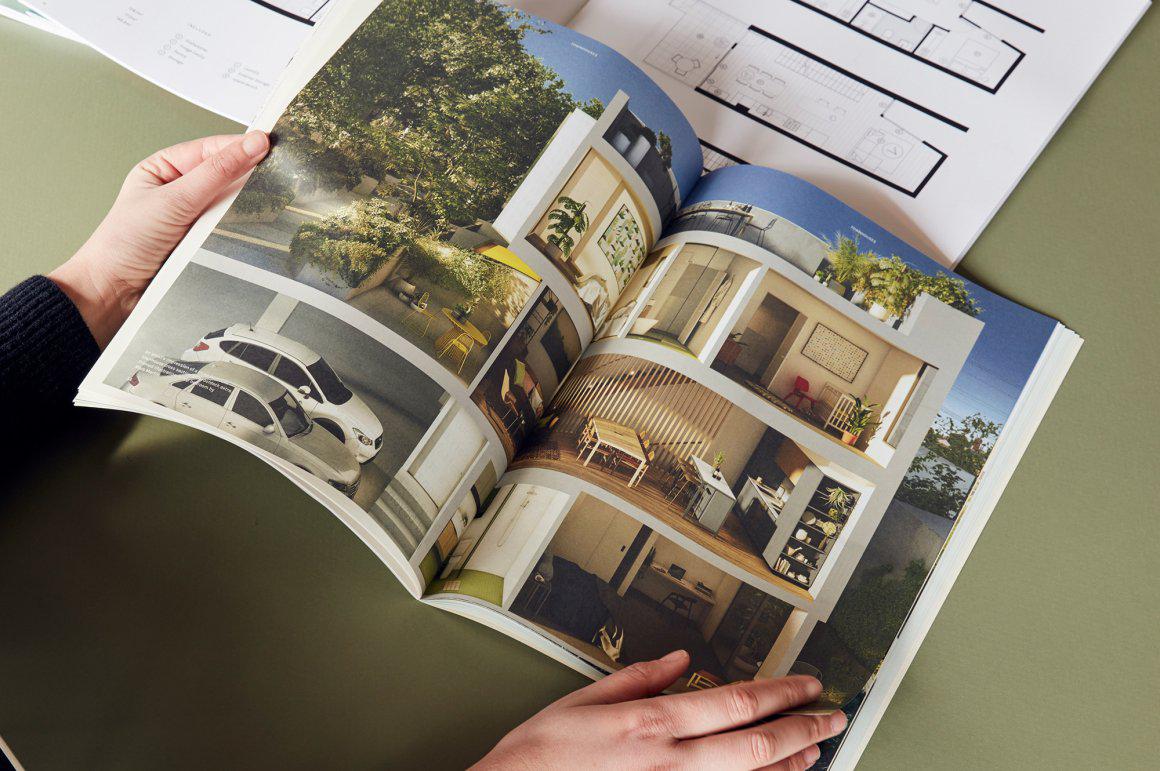
“I think the key take-out here is that in an ever more competitive and owner-occupier focussed market, developers need to be truly empathetic to purchasers. They can do this by asking purchasers what their aspirations are and in doing so you will enroll them in the process and find them to be very engaged and loyal.”
“Brands in all sectors are making human centred thinking central to their product and service delivery and for developers who have the foresight to authentically adopt this thinking and make it part of their brand DNA, then I think the coming owner occupier focussed cycle will really respond well to product which has been designed specifically to their needs.” says Demaio.